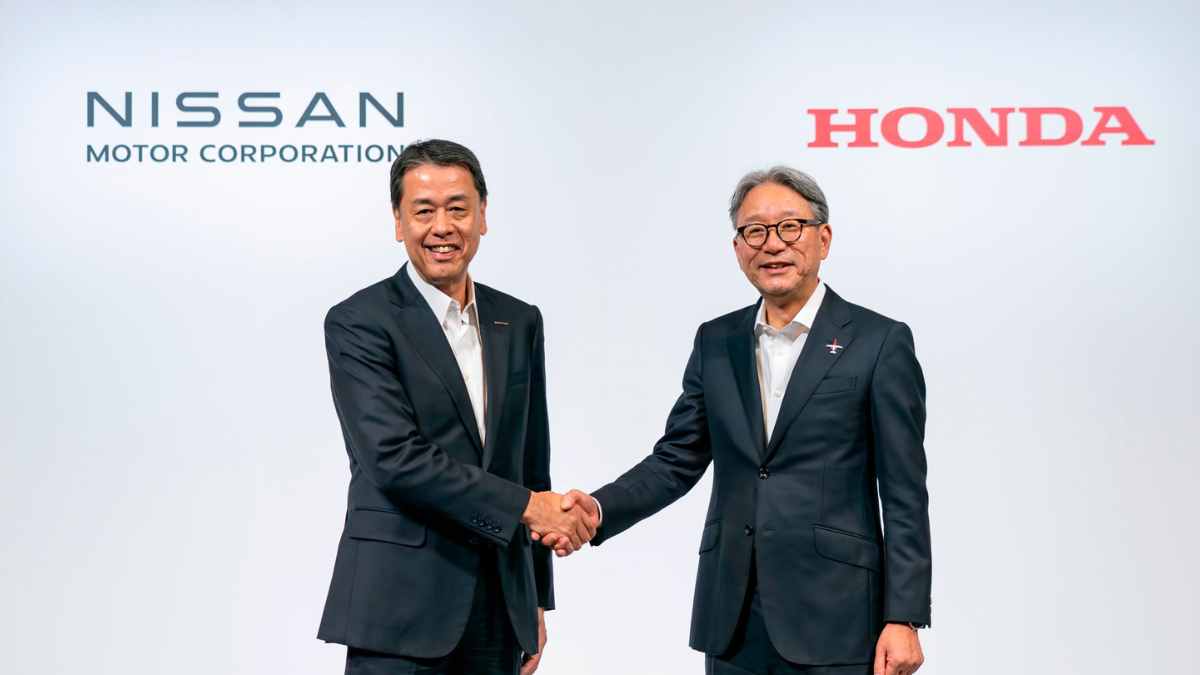Honda and Nissan are preparing the ground for a merger that could change the automotive industry forever. The manufacturers have now formally agreed to hold talks over the next six months to finalize a possible union. This agreement would create the world’s third largest automaker. It would also give both companies more resources to compete with the growing threat of Chinese automakers.
The negotiations will also involve a third Japanese automaker, much smaller, but essential to the merger. We are talking about Mitsubishi, which is already in an alliance with Nissan. Likewise, in case of signing this unification, the new company would only be placed behind Toyota (™) and Volkswagen in global sales.
Known mergers and failures in history
It is worth noting that mergers in the automotive industry are not a novelty. There have been multiple mergers throughout history, such as the acquisition of several brands that eventually formed General Motors (GM). However, sometimes they run into problems and fail to achieve success, as they must bring together different partners, with different business visions.
A clear example of this is the German automaker Daimler-Benz, which agreed to buy Chrysler Corp. in 1998, but the resulting group split ten years later. Chrysler then became independent, but within a short time declared bankruptcy and needed a federal bailout within two years. Chrysler’s latest merger, with the European PSA group in 2001 to form Stellantis, has also had its own problems in the past year. The new company recorded a serious drop in sales and profits.
Another case is the alliance between Nissan and Renault. Although it was not a formal merger, their union ended up collapsing. This situation followed the arrest of Nissan’s CEO, Carlos Ghosn, in Japan, on charges of “significant” financial misconduct. The businessman fled the country before his trial could be held.
Why Nissan and Honda are planning a merger.
The cost and challenges of the industry’s efforts to move from gasoline-powered to electric vehicles led Nissan and Honda to plan this merger. Added to this is the growing competition from Chinese automakers, which have overtaken most Western automakers in those efforts. As a result, these major companies intend to combine resources to remain competitive.
Nissan CEO Makoto Uchida issued a statement announcing the negotiations and their respective advantages. “Today is a decisive moment. Together we can create a unique way for customers to enjoy cars that neither company could achieve alone,” he asserted in the missive.
The future of the industry
The merger between Honda and Nissan could lead to increased alliances between companies within the industry in the future. This is the thinking of Adam Jonas, an automotive analyst at Morgan Stanley. As he explained, “traditional automotive companies that do not find new partners must face the prospect of being smaller companies, with higher capital expenditures and research and development costs per vehicle sold”.
For the expert, we are currently in a new phase of the automotive industry. “Here, scale and cost leadership strategies put the focus on cooperation and possible changes in scope,” he specified. And furthermore, he argued that those who choose not to participate effectively in this new era of consolidation will have to get used to being smaller and be left out of the competition, as has already happened with many big-name companies.







